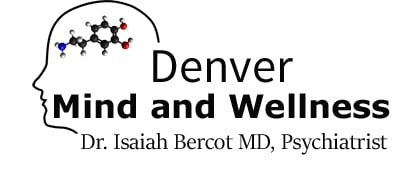
What is Seasonal Affective Disorder?
Seasonal Affective Disorder (SAD) also known as seasonal depression is a type of depression that as the name suggests is related to the changing of seasons. People affected by SAD often experience the onset of symptoms at around the same time every year. Usually this onset occurs during fall or winter and is sometimes referred to as “the winter blues.” It should be noted, though less common that SAD can occur at any season and can result in “summer sadness.”
While it is easy to brush off these feelings since they usually improve on their own once the season is over it is important to take steps to keep your emotions and motivation even throughout the entire year.

Symptoms of SAD
Symptoms usually being in late fall or winter and become gradually worse, progressing from mild to severe. In early spring/summer when there is more sunlight the symptoms usually go away. As noted above the opposite can occur where symptoms are predominantly during the summer and disappear during the winter. Common Symptoms of SAD can include:
Feeling down, sad, or depressed most of the day
Not enjoying activities that used to be fun
Feeling low on energy
Having difficulty sleeping
Experiencing changes in appetite or weight
Having difficulty concentrating
Feeling lethargic or hyperactive
Feeling guilty or worthless
Having thoughts of suicide or death

Fall and Winter SAD Symptoms
Some symptoms are more common in the fall and winter SAD and may include:
Increase appetite and weight gain
Oversleeping
Low energy and fatigue
Some symptoms are more common in the spring and summer SAD and may include:
Poor appetite
Trouble sleeping (insomnia)
Anxiety or hyperactivity

